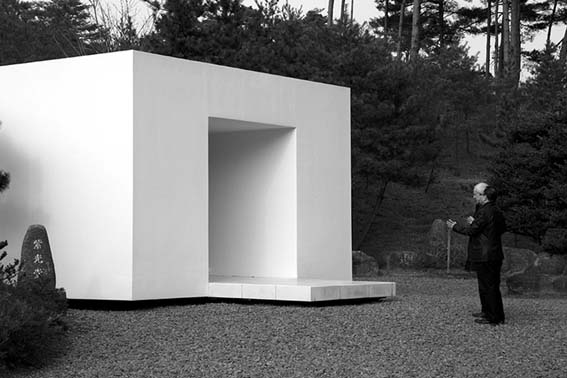Espacios sagrados en el cristianismo y otras religiones
El necesario espacio sagrado interreligioso
DOI:
https://doi.org/10.17979/aarc.2011.2.2.5059Palabras clave:
Espacios sagrados, cristianismo, religiones, espacios interreligiososResumen
La arquitectura como arte cosmogónico y religioso. El espacio sagrado. La arquitectura tiene una función sagrada, como generadora de un cosmos nuevo en respuesta al desamparo humano; espacio creado para conjurar el horror vacui ante el cosmos y poner orden en un caos lleno de malos espíritus. Todo espacio es sagrado; cualquier lugar es válido para comunicarnos con la Divinidad. Pero hay lugares donde nos es más fácil entrar en contacto con el Misterio; espacios naturales o creados por los humanos y legitimados por la tradición: altares, templos y santuarios, lugares para el culto, la oración y el retiro.
Los espacios sagrados en el cristianismo y otras religiones. a) Iglesias católicas, protestantes y ortodoxas. Las iglesias católica, ortodoxa y protestantes, aunque nacidas del común tronco cristiano, son diferentes. Sus distintas concepciones teológicas llevaron a diferentes concepciones de la liturgia que condicionan sus templos: presbiterio con altar y ambones, y lugar para la reserva eucarística en el catolicismo; santuario, iconostasio… en la ortodoxia; el lugar para la Palabra y el coro en los protestantes. b) El espacio sagrado en otras religiones. Características fundamentales para el culto y la oración de otras religiones: mezquitas musulmanas (patios, mihrab, iwanes, fuentes, textos del Corán); sinagogas judías (tabernáculo, tebá con el amud y la menorá); stupas y pagodas hindúes y buddhistas (túmulos funerarios con reliquias, estructuras que representan el cosmos buddhista); santuarios shintó (con su torii).
Espacios sagrados ecuménicos e interreligiosos. En la ciudad secular necesitamos seguir construyendo espacios sagrados; particularmente espacios ecuménicos e interreligiosos, por la gran importancia del proceso migratorio y de intercomunicación cultural y religiosa. a) Necesitamos no solo espacios ecuménicos-interconfesionales cristianos, sino también espacios interreligiosos, que tengan en cuentan las características fundamentales de los espacios religiosos apuntados. Sobre todo en centros públicos de tránsito para diversas religiones y culturas (hospitales, aeropuertos). Tres ejemplos: las capillas multiconfesionales de los hospitales Bretonneau y Trousseau (Paris) y el Texas Children’s Hospital (Houston). Tres magníficas ideas llevadas ya a cabo. Tienen el handicap de estar centradas en las religiones monoteístas (judaísmo, islam y cristianismo), aunque abiertas a todos, no contemplan de modo igualmente expreso la realidad de las religiones orientales (hinduismo, buddhismo).
Descargas
















